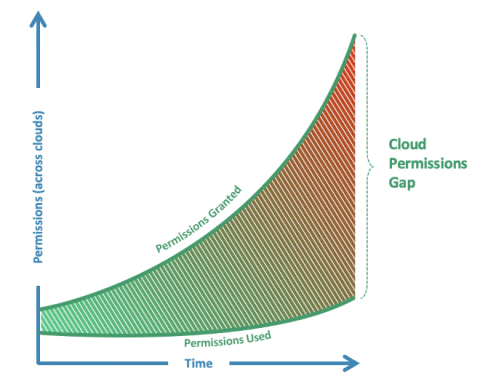Why Cybersecurity Depends on the CDM Integration Layer
When you take a close look at the Continuous Diagnostics and Mitigation (CDM) function at the heart of a successful cybersecurity program, you quickly realize that it all depends on integration. It isn’t that the individual components of the program aren’t absolutely essential. But with cyber-attacks gaining in number and sophistication, the true power of CDM is in the ability to overlay multiple datasets to create a single lens for tracking, assessing, and responding to threats.




